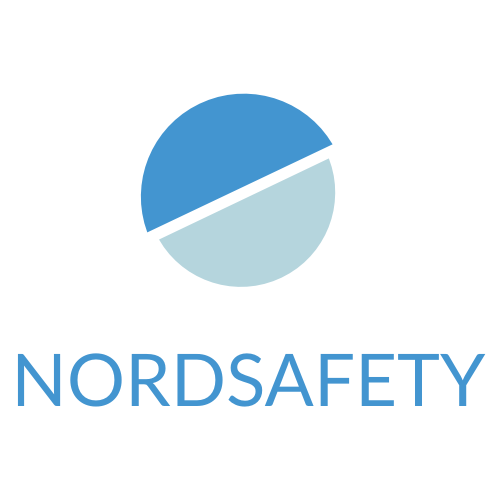
Seven reasons to use images at the site of an accident

Nobody wants to be involved in documenting accidents or unwelcome incidents; in fact, we’re all striving to avoid such situations from ever taking place. But should the worst happen, you need all the tools at your disposal to ensure that you’re doing everything in your power to correctly document and record what has occurred.
One method of documentation that I would recommend is that of taking photographs. With the majority of us carrying smart phones, using tablet devices at work, or using a mobile app solution such as NordSafety, most people now have the capacity to take and send images wherever they happen to be. Here, I explain why using pictures will be beneficial when generating evidence at the scene of an accident or near miss.
1. Keep a record of what has happened
After making a scene safe and attending to any immediate injuries or dangers, documenting an accident or near miss will be a priority. Photographic proof will allow you to record what has happened, and where, along with details of damage and harm.
Photographs can be submitted with traditional paperwork and digital reports to provide an additional layer of explanation and evidence.
2. Support official claims and legalities
Should your incident require the involvement of external authorities, or necessitates a claim being made, having images will lay out a clearer case and make a stronger legal position.
3. Lessen the likelihood of disputes
It is often said that the camera never lies, and having photographic proof of blame, damage or details makes disputes less likely. Whilst nobody may be at fault, I suggest that images make a compelling argument for acceptance of liability when appropriate.
4. Assign tasks and illustrate instructions
You can also include images when assigning tasks, or to make a note of things that need to be attended to. Whether it’s a maintenance issue with photos of the problem that needs fixing, or images used to clarify and visualise a set of instructions, attaching pictures will add extra information when making sure that things get done.
5. Document success stories
Photographs are not only necessary when disaster strikes; they can also be used to document work in progress and successful achievements, monitoring different stages of a project and providing useful comparisons at the start and completion of tasks.
6. Engage the workforce
Because cameras are so accessible to us all, encouraging your staff to submit their own photographs will increase health and safety engagement. I believe that activating public reporting inspires employees to report their findings when they notice that something is amiss, and to get snapping.
7. Learn from previous mistakes
When accidents or near misses occur, we all do our best to learn from any possible mistakes that have been made, and to avoid similar hazards from occurring in the future. I find that storing images of previous episodes can help to recall exactly what transpired even when memory becomes hazy, and to carefully examine just what could be done differently.
Make your entire ecosystem safer with NordSafety.
The NordSafety mobile app for EHSQ management allows you to take, attach and store images when making reports and assigning tasks. To see for yourself how NordSafety is leading the way in mobile EHSQ innovation, get started with a guided product demo, or to find out more about ways our app could prevent accident and injury for your workforce, simply contact our team.
 [noodle-share icons="icons-small"]
[noodle-share icons="icons-small"] 



